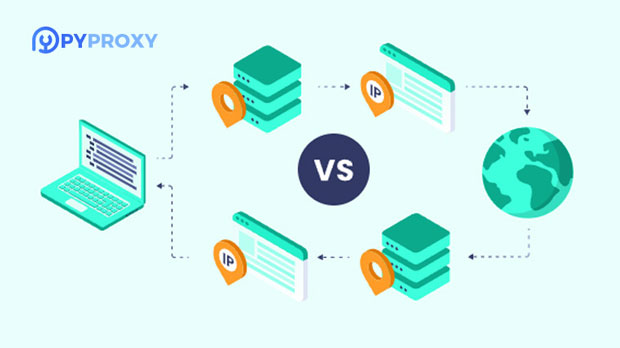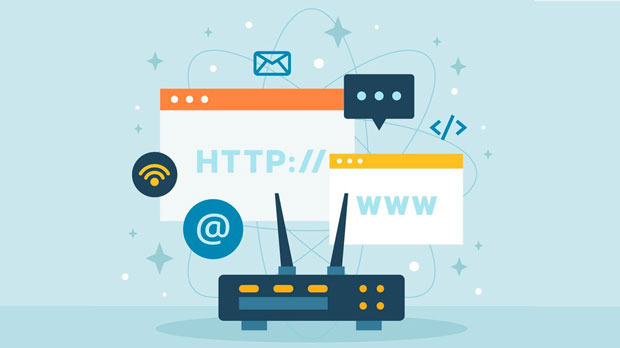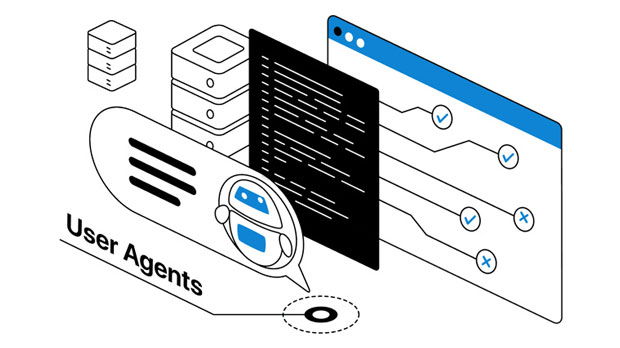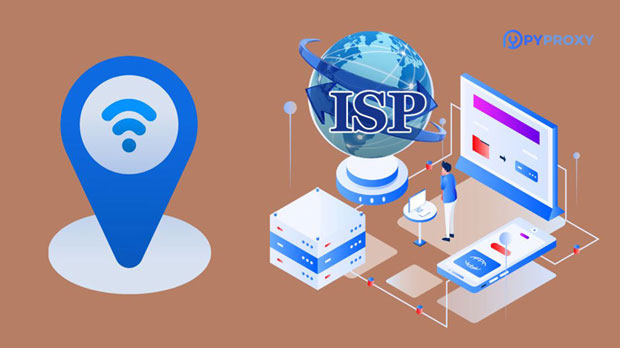residential proxies are a type of proxy service that routes internet traffic through IP addresses associated with residential locations, making them appear as legitimate users. Cloudflare, on the other hand, is a widely used security and performance service that protects websites by mitigating malicious traffic, including DDoS attacks and bot activity. A common question arises: can residential proxies bypass Cloudflare’s security measures? In this article, we’ll dive into the technical aspects of both technologies, how residential proxies work, how Cloudflare detects proxies, and whether these proxies can truly circumvent Cloudflare’s protective barriers. Understanding Residential ProxiesBefore we address the ability of residential proxies to bypass Cloudflare, it's essential to understand what residential proxies are and how they function. Residential proxies use real IP addresses provided by Internet Service Providers (ISPs) to route traffic. This is in contrast to data center proxies, which use IP addresses from data centers, making them easier to identify as proxies. The appeal of residential proxies lies in their appearance as "real" users, making them less likely to be blocked or flagged by websites, since they resemble regular consumer traffic.Residential proxies are often used for tasks like web scraping, accessing geo-restricted content, or even bypassing regional blocks. Their ability to mimic organic traffic makes them a preferred choice for those looking to fly under the radar of security measures like Cloudflare.How Cloudflare WorksCloudflare offers multiple services, including content delivery network (CDN) functions, DDoS protection, and website security. One of the core services of Cloudflare is its bot protection system, which prevents malicious bots from scraping data, launching attacks, or performing other nefarious activities on websites. This is achieved through various techniques, such as IP reputation checks, JavaScript challenges, and behavioral analysis of users.Cloudflare can identify suspicious traffic by looking at several factors. If a request is coming from an IP that has been flagged as suspicious, or if the traffic behaves in an abnormal manner (e.g., high request volume from a single IP), Cloudflare will either challenge the user with a CAPTCHA or block access altogether. The security service also tracks patterns of traffic across multiple websites to identify potential threats. For instance, if a residential IP address suddenly starts sending an unusually high number of requests in a short period, it may raise a red flag for Cloudflare’s security systems.Residential Proxies and Cloudflare: Can They Bypass Protection?Now, the central question: can residential proxies effectively bypass Cloudflare’s protection? The answer is not a straightforward "yes" or "no." While residential proxies may help users evade some of the more basic forms of Cloudflare’s security, the more advanced and sophisticated protection mechanisms still pose a challenge.1. IP Reputation and Risk of Detection: While residential proxies come from real ISPs, this doesn’t mean they are immune to detection. Cloudflare maintains a comprehensive database of IP reputations, tracking patterns across millions of websites. If a residential IP is seen making a high volume of requests in a short time, or if it behaves similarly to known bot traffic, Cloudflare may flag that IP and challenge it with CAPTCHA or even block access. In this way, Cloudflare’s advanced algorithms can still detect suspicious behavior, even from residential IPs.2. Behavioral Analysis: Cloudflare uses sophisticated behavioral analysis to distinguish between human and automated traffic. For example, when a bot interacts with a webpage, it may not follow typical user patterns, such as moving the mouse or interacting with dynamic elements. If a residential proxy is used, the user might still face challenges in mimicking the exact behavior of a human user. This is a key area where Cloudflare’s security can detect anomalies in traffic behavior, even if the IP address seems legitimate.3. Captcha and JavaScript Challenges: One of Cloudflare’s most common protective measures is the CAPTCHA challenge. Residential proxies, even though they use real user IPs, are not immune to CAPTCHA challenges. When a request is flagged, Cloudflare may ask the user to solve a CAPTCHA, which can be difficult or time-consuming for automated systems to bypass. Additionally, JavaScript challenges, which require a client to execute specific scripts, can further complicate the situation. While some residential proxies may be able to execute these scripts, the process often introduces significant latency, reducing the proxy’s effectiveness.How Residential Proxies Might Evade CloudflareThough bypassing Cloudflare is not guaranteed, residential proxies still offer several advantages that could allow users to evade detection, depending on the level of sophistication of Cloudflare’s security setup. These include:1. Geographic Distribution: Since residential proxies come from real users across various locations, they can help create the appearance of legitimate traffic. Cloudflare’s detection algorithms may not flag an IP based on location alone, especially if it originates from a region where the website expects traffic.2. Low Volume Requests: Residential proxies can mimic typical user traffic by making a limited number of requests over a longer period. This is in contrast to data center proxies, which are often detected due to their high request volume. By mimicking human behavior, residential proxies may avoid raising alarms on Cloudflare.3. Rotation and Pooling: Many residential proxy providers use rotating IP pools, which allow users to change IP addresses frequently. This dynamic approach makes it harder for Cloudflare to track and flag a specific IP. By constantly changing the IP address, users can avoid prolonged detection, as Cloudflare typically monitors the behavior of individual IPs over time.The Limits of Residential Proxies in Cloudflare BypassDespite the potential benefits, residential proxies have limitations when attempting to bypass Cloudflare. These include:1. Detection Capabilities of Cloudflare: As mentioned, Cloudflare’s detection techniques are highly sophisticated. Its machine learning algorithms can detect even the most well-disguised bot traffic, even when it originates from residential IPs. Additionally, Cloudflare continually updates its threat intelligence to stay ahead of new tactics employed by bots and proxies.2. Risk of Detection Over Time: Even if residential proxies manage to evade detection initially, they are not immune to long-term monitoring. Cloudflare tracks traffic over time, so users relying on residential proxies may eventually get flagged if their traffic continues to exhibit suspicious patterns.3. Dependence on Proxy Quality: The effectiveness of residential proxies depends heavily on their quality. Some residential proxy providers use poor-quality IP addresses that have been flagged by other websites, which increases the chances of detection by Cloudflare. Additionally, the speed and latency of these proxies may impact the success of evading Cloudflare’s challenges.Residential proxies have the potential to bypass Cloudflare’s security measures, but the success rate is far from guaranteed. While they offer advantages over traditional data center proxies, such as lower detection rates and geographic diversity, they are still vulnerable to advanced security features like behavioral analysis, CAPTCHA, and JavaScript challenges. The effectiveness of bypassing Cloudflare will largely depend on the specific configuration of the security service, the sophistication of the proxy, and the behavior of the user.Ultimately, while residential proxies may work in some cases, they are not a foolproof solution to bypass Cloudflare’s protection. As Cloudflare continues to evolve its defenses, users seeking to evade its security measures may need to rely on more advanced techniques or a combination of tools to achieve success.
Apr 27, 2025



































































